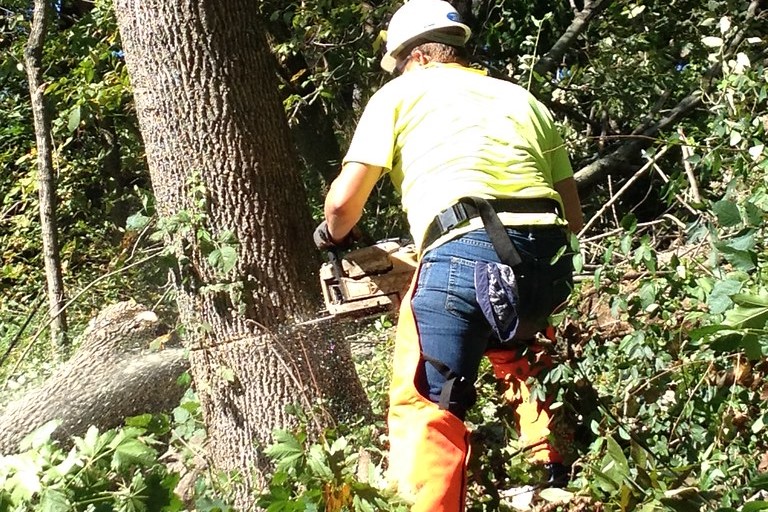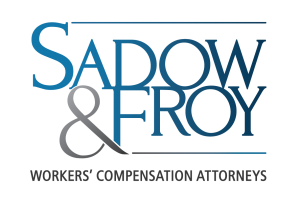
Tree Removal: a Leading Cause of On-The-Job Injuries
Spring storms in Georgia often mean downed trees and power lines. We depend on professionals to take care of these problems, both before and after they fall. According to the US Bureau of Labor Statistics, there are 200 fatal injuries and thousands of injuries from tree removal on average every year in the United States. These statistics make tree removal one of the leading industries for on-the-job injuries.

Why is Tree Removal so Dangerous?
Tree removal has risks that most other industries do not face. These dangers include ones that can be controlled by the worker, as well as outside factors that can not be controlled.
- Tool & Proper Tool Training. Chainsaws, woodchippers, and other power or hand tools required for tree removal can be dangerous. With even the smallest distraction, a chainsaw or ax can inflict serious damage to hands, legs, or arms in just a second. If workers have no previous experience using the tools, they run the risk of serious harm. Without the proper equipment, workers are also in danger of falling from trees and hurting themselves. Even with the proper equipment, weak limbs can act as bad support systems leading to falls.
- Electrical Lines. If someone is working on a tree close to the power or telephone line and falls back, they may hit the line with their equipment. This contact could result in electrocution.
- Lack of Proper Protective Wear. Some trees are home to poisonous insects and plants. If a tree professional is not wearing the proper protective clothing, including goggles and gloves, injury or hospitalization could result.
- Tree Instability. Rotting wood or dead wood inside the tree is often hard to see. If the tree is in the process of dying, it is unstable and unpredictable when coming down. Dead or dying trees often have hollowed-out trunks and unstable limbs that make it hard to use regular power tools without increasing the risk of injury.
Tree Removal Safety Tips
Unfortunately, even with the best precautions in place, tree removal workers are not always protected from suffering serious work-related injuries. However, these safety tips can help.
- Always wear a helmet and face shield, goggles, or safety glasses. Flying debris is difficult to avoid, especially when at heights that require you to be safely restrained. Eye injuries can be devastating.
- Wear earmuffs/earplugs. Exposure to chainsaw noise can lead to long-term hearing loss.
- Wear the proper clothing. No matter the temperature, heavy work gloves and chainsaw protective clothing should be worn. Fortunately, there is custom clothing designed specifically for these purposes.
- Wear work shoes with strap-on spikes or steel-toed boots. Spikes help provide optimal scaling and reinforced boots protect toes from being crushed.
If you, a friend or loved one has suffered a serious injury working in the tree removal business, we can help. Call Sadow & Froy today for a free consultation.
Sadow & Froy solely represents injured workers in workers’ compensations cases. The lead attorneys are both highly respected in the field, having received many awards and named to several “Best of” lists including Atlanta Magazine’s Super Lawyer lists. To see if your case qualifies for workers’ compensation, visit our website for a free evaluation


